Building a new home, commercial space, or anything else and finding whether a flat roof will be a better choice for you or not? You’ve landed on the right page. We are going to get every bit of information about Flat roofing, including the pros & cons too so that it’ll be easier for you to decide. If you are living in the North part of America, you are very aware of flat roofs because you can find them at almost every mall, warehouse, school, or apartment building.
If you are thinking, like every other contractor and builder, that flat roofs are a big blunder, then you are missing out on a hell lot of things. You’ll be shocked to know that flat roofs are the most convenient, cost-friendly, and easy-to-build concepts now. Whether you want to choose the perfect type of roof or want to build it, ManageMyRoof will be the perfect place to get every information about it!
Understanding the Flat Roofs!
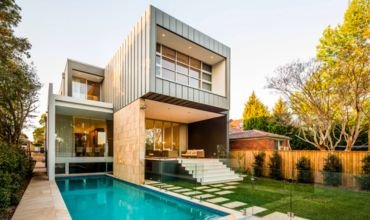
If you are planning for a Flat Roofing system for your future project, you can expect less than 10 degrees of slope in your building roof. These flat roofs, also known as low slope roofs collect a lot of water as compared to sloped roofs due to their designs and fewer slopes in it. However, these are not completely flat and have a slight pitch so that water in the roof can find a way for drainage.
Nowadays, green roofs are also gaining popularity in which you can convert your rooftop into a roof garden, which effectively uses rainwater, and improves the air quality around you. Flat roofing allows you to use the roof space for any other purpose, such as a penthouse, roof-top deck, etc.
3 Types of Flat Roofs!
After making a clear decision of going with flat roofing for your building, you also have to decide the type of flat roof system you want as there are 3 types with different making and material processes. All of these are known for their unique characteristics, and you can with any of them according to your requirements and budgets.
- BUR (Built-Up Roof)
- MBR (Modified Bitumen Roof)
- EPDM (Rubber Membrane Roof)
1. BUR (Built-Up Roof)
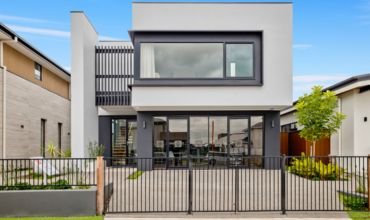
BUR stands for Built-Up Roofing System, which has been ruling the roofing market for more than a hundred years. These roofs are considered the roughest and toughest surfaces against any kind of weather condition. It consists of layers including bitumen or asphalt and reinforcing fabric, which together build a waterproof and much more durable surface. Then, it is covered with hot tar, followed by a layer of smooth stone, giving it a smooth finish and making it much stronger.
Pros:
- Excellent fire resistance capability because of the gravel used in the top layer
- Attractive looking appearance
- Cheapest yet durable and longevity
Cons:
- Heavier than others
- Sometimes need additional structural support
- Installation is not very easy
- The source of leaks can’t be found easily
2. MBR (Modified Bitumen Roof)
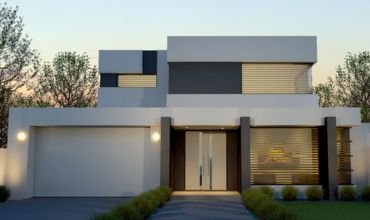
MBR stands for Modified Bitumen Roofing System, which is made from asphalt and usually prepared with chemicals to perform better. This roofing system gives the surface extra durability and is waterproof as well, but more flexible and strong as compared to tranditional asphalt. Multiple layers are used during the build-up and roof installation of MBR, which includes a base sheet, a cap sheet, and one or more ply sheets. It offers superior flexibility and resistance to the head, is light in weight, and is easy to install.
Pros:
- Easy installation
- Reflective surface to reduce energy cost
- To very expensive
Cons:
- Chances of fire hazard during installation
- Can’t resist tear and scuff too much like EPDM
- Require frequent maintenance
3. EPDM (Rubber Membrane Roof)
EPDM stands for Ethylene Propylene Diene Monomer also known as Rubber Membrane Roofing system, and is a popular yet effective and durable type of flat roof. Once you opt for this type of roofing, you will find it really easy to install and gives you extra protection from the Sunlight and extreme weather conditions.
Pros:
- Lightweight material
- No additional support is required
- Resist punctures, tears, and scuffs easily
- Easy to repair
- Lasts for 20 to 30 years if maintained properly
- Easy installation
Cons:
- Usually black in color, resulting in high absorption of heat
- Increases the cooling expenses
- More expensive than BUR & MBR
- Need to be careful while installing and maintaining
- Sharp objects can easily puncture the surface
Flat Roof Life Span!
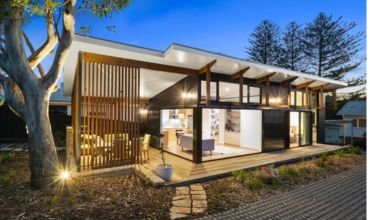
If you are building a flat roof, you can expect 10 to 20 years of warranty, which can also last up to 25 years if installed and maintained properly. However, selecting the EPDM as your flat roofing material can be a better choice because these usually have a lifespan of 50 years. So, it’s better to make smart decisions after checking and understanding every single detail about the flat roofs.
Required Maintenance for Flat Roofs!
Regular and proper maintenance is crucial not only for the roofing but for everything. If you understand this, there is no doubt your roofing will last longer. Some specific maintenance needs keep the performance on top, and you don’t have to worry about replacing or repairing it after every decade.
- BUR Maintenance
It is necessary to inspect and check for the gravel so that you get an idea about the roof condition. If you find it bad or need a repair, reapply the gravel coverage to keep your roofing safe. Additionally, you can also check for any cracks on the surface, and repair them if necessary.
- Modified Bitumen Maintenance
Check even for a little or minor separation or surface degradation from time to time to ensure that everything is perfect and fine. MBR has a reflective surface, which is energy efficient. If you find it necessary, apply the reflective coating on the surface to maintain its energy efficiency.
- EPDM Maintenance
For EPDM maintenance, you can check for any minor separations and weak points that can cause problems for you in the future. So, if you find any punctures and tears on the surface, it’s better to repair them at the same time to avoid such issues.
Consider Climate To Choose Wisely!
Climate affects the roofing a lot. So, it’s better to inspect all the aspects initially before building the roofs instead of repairing them again and again very frequently. Additionally, you can completely relate to this that your local climate affects the roofs a lot, and after understanding this, its a bit easier for you to select which flat roof type is best for you.

If you live in a place where usually the climate is hot, then the reflective EPDM or MBR (Modified Bitumen) with light light-colored surface will be a great choice, which can easily reduce the absorption of heat. Similarly, for heavy rainfall or snow areas, BUR Roofing Systems is a great choice, providing water resistance easily due to its multiple layers used at the time of making it.
But, if you are living in a region where there are a lot of temperature and climate fluctuations, EPDM can play an important role there. Its flexibility will help you resist temperature and avoid cracking or other issues.
Final Thoughts!
Better knowledge and understanding of roofing are key to choosing the perfect flat roofing for your home, residence, or commercial space. By doing this, you’ll be much aware of which roofing system is providing you better protection for a longer time and is budget-friendly as well, or can save a huge lot of money on maintenance and repair in the longer run.
Not only the type of roofing, its crucial to get an idea about the flat roof materials to build a perfect building. Likewise, ManageMyRoof can be your perfect partner to help you build your dream project whether it is flat roof homes, schools, or any commercial building; it has got you covered, and that too under your budget!
People Also Asked!
The best type of roofing varies depending on different aspects, including the location, climate conditions, etc.
Flat roofs are also known as Built-up or low-slope roofs.
If you are looking for the cheapest roof option, you can go with the BUR roofing system.
Flat roofs, as compared to shingle roofs, are a more ideal choice because of the cost-effectiveness, material, and low labor cost, but they can increase energy efficiency.
On average, a flat roof may last up to 20 to 25 years.
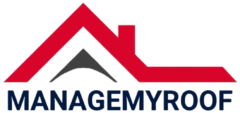
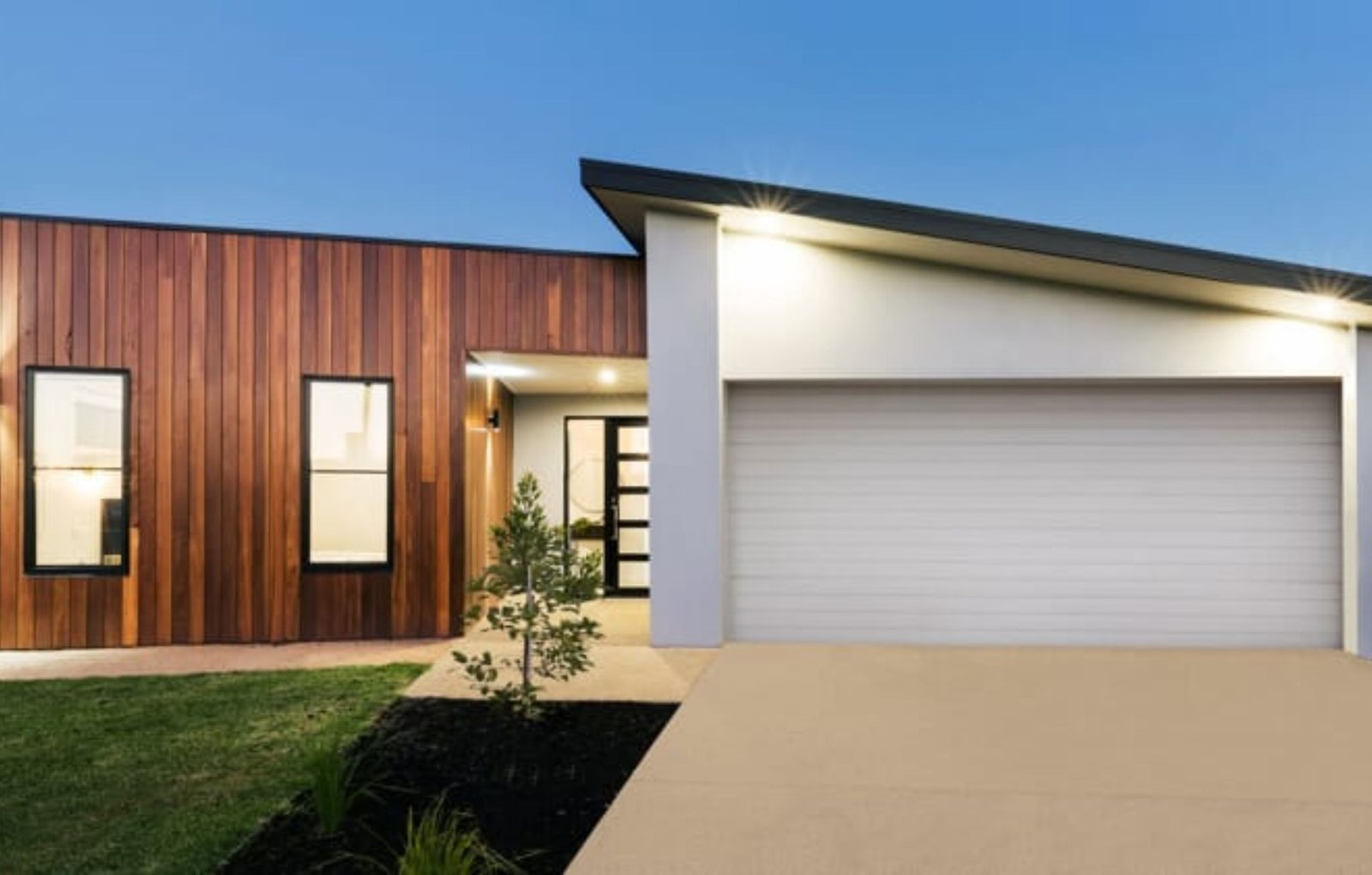
Leave a Reply